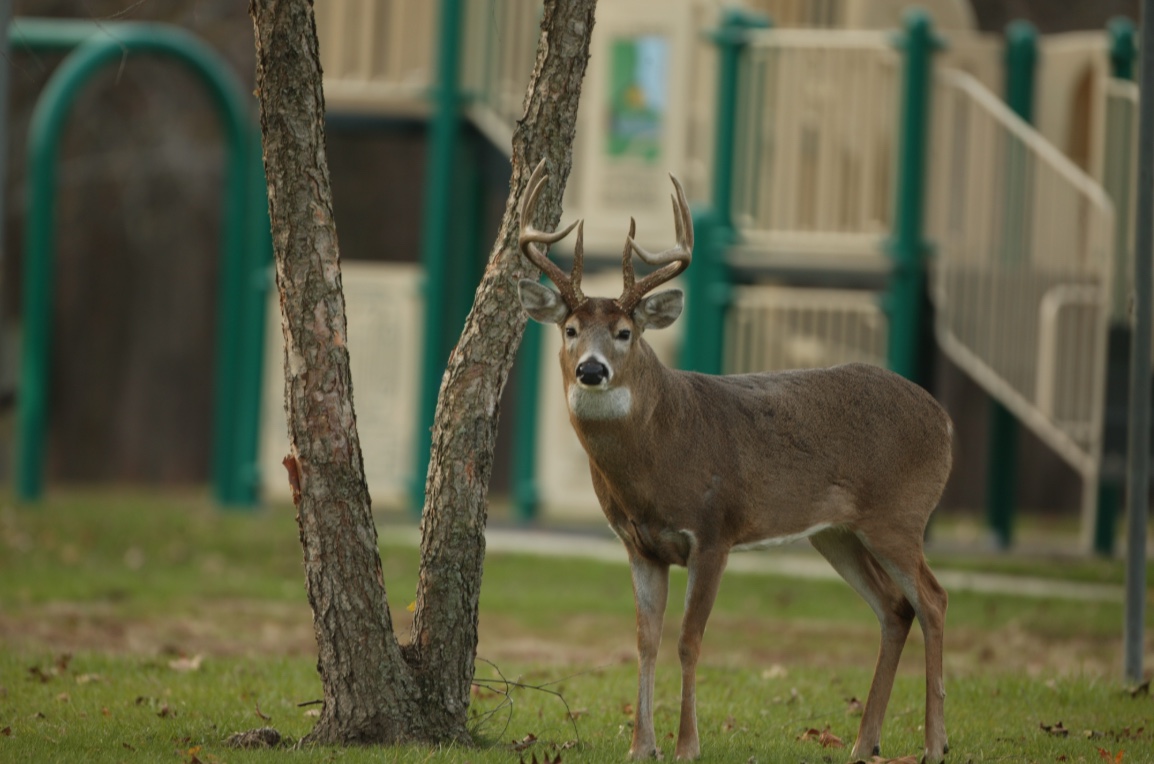
Photo: Adele Hodde, Illinois Department of Natural Resources
Learn more about white-tailed deer in Illinois in OutdoorIllinois Journal:
White-tailed deer are the largest native herbivore in Illinois and are an integral part of the Illinois landscape. Many people enjoy watching deer. And deer hunting has a positive impact on the Illinois economy. Many businesses, such as hotels, gas stations, and restaurants, get a boost from deer hunters. And retail sales of outdoor gear contribute as well. Landowners who lease their property gain benefits, as do outfitters who provide guide services.
White-tailed deer stand 3 to 3½ feet tall at the shoulder. Adult males (bucks) weigh 150 to 250 pounds, and adult females (does) weigh 100 to 150 pounds.
During the summer the fur of both sexes is reddish brown to tan, and in winter it is grayish-brown. The upper throat, belly, inner rump, and insides of the legs are white, as is the underside of the tail—thus the name “white-tailed” deer.
Young deer (fawns) have a reddish coat with white spots that they molt at three to five months of age.
Typically, only males grow antlers. Unlike horns, new antlers are grown and shed each year. Antlers begin growing in early spring and may be shed as early as December. However, deer with good genetics and proper nutrition may retain their antlers well into March. Click HERE to learn more.
The heart-shaped tracks of white-tailed deer are easy to identify. There are no other wild animals in Illinois that make similar tracks. On soft ground the dewclaws may also make a mark. Another sign that deer are in the area is the presence of deer beds and browse lines. Additionally, bucks will rub trees and may make scrapes (small patches of disturbed ground that the buck urinates on to mark his territory).
White-tailed deer droppings are easy to identify. Deer leave piles of dark, cylindrical pellets one-half to over one inch long. The droppings look similar to those of rabbits, but deer will leave much larger deposits of droppings.
Click HERE to learn about other signs of deer, such as rubs, scrapes, and browse lines.
White-tailed deer occur in every county in Illinois. However, Illinois has not always had a large deer population. By the late 1800s, deer had been nearly eliminated from Illinois. Some small populations remained in the state, and others likely moved in from adjacent states, but the deer population remained very small. Thus, a restocking effort was begun in the 1930s. The population grew quickly due to better habitat (more edge habitat created by humans) and the lack of predators (wolves and cougars had been removed and human hunting was banned).
By the late 1950s the deer population in Illinois had grown large enough to allow a hunting season. The first modern deer hunting season was held in 1957 in 33 counties. Some form of hunting, firearm, or archery now occurs in every county, and the annual deer harvest often exceeds 150,000.
The highest densities of deer in Illinois are associated with wooded areas of the watersheds of the major rivers, especially the Mississippi, Rock, Illinois, and Kaskaskia rivers, and in the Shawnee Hills. The highest urban deer densities in the state occur in urban or suburban natural areas, remnant open spaces, and forest preserves that prohibit hunting.
White-tailed deer are adaptable and opportunistic animals. They will take up residence in areas with little natural vegetation, such as intensively farmed regions and suburban municipalities where they feed in residential areas.
Deer are often found together. Family groups include an adult doe, her fawn(s), and her female young from the previous year (matriarchy). Bucks do not typically associate with does except during the breeding season. Bucks may group together in small bachelor herds. Large numbers of deer may be seen together at prime food sources, particularly during late winter when food can be in short supply.
Deer become active at dusk when they leave their beds to go out and feed. They may rest during the night and forage again near dawn, or they may continue feeding throughout the night. During the winter they may need to feed during the day to find enough food.
When deer are present in large numbers, they can damage or destroy the understory of a forest and can suppress populations of rare native plants. It is not uncommon to see deer browse lines in natural areas or along fencerows in Illinois. Click HERE for more information about deer behavior.
Coyotes, and occasionally bobcats, prey on very young fawns, but white-tailed deer in Illinois have few remaining natural predators. Hunting is thus an important tool to help control deer numbers.
As deer populations have increased, citizens have become more concerned about damage to agricultural crops, deer–vehicle collisions, and damage to native ecosystems.
Deer in Illinois are subject to a number of diseases, but only a few have public health implications. Click HERE for more information about deer diseases and parasites. In Illinois, deer–vehicle collisions pose a greater danger to people than do diseases and parasites.
Deer are an important link in the life cycle of the black-legged tick (Ixodes scapularis), also known as the deer tick. Deer serve as hosts for the adult stage of the tick. Black-legged ticks can be carriers of a bacterium (Borrelia burgdorferi) which causes Lyme disease. Humans can become infected when bitten by a tick that carries the bacterium. Deer do not transmit the disease, but coming into contact with deer can increase the risk of exposure to ticks. Lyme disease can be treated with antibiotics if caught early. Click HERE for more information from the Centers for Disease Control and Prevention about Lyme disease.
Chronic Wasting Disease (CWD) is caused by a prion protein, not bacteria or virus, that results in neurological degeneration and death in deer. All deer, regardless of age, can carry and transmit the disease. This disease was first found in Illinois in 2002 in Winnebago County. Since then it has been located in deer in 17 Illinois counties.
CWD is a fatal disease and poses a serious threat to deer populations in areas where it occurs. Studies to date have found no evidence that humans can contract CWD from contact with deer or from eating venison (muscle). However, the Centers for Disease Control and Prevention and the Chronic Wasting Disease Alliance provide specific recommendations for minimizing the potential risk of human exposure to CWD.
Epizootic Hemorrhagic Disease (EHD) is a vector-borne viral disease of deer transmitted by insects of the genus Culicoides (often referred to as midges, gnats, or “no-seeums”). The disease does not impact deer populations evenly across the landscape, changing with local vector abundance and differences in deer immunity and infectious status. Likewise, severity of disease can vary from year to year. The disease is often fatal and causes fever and severe internal bleeding. The impact on deer populations is not predictable because outbreaks depend upon weather conditions that influence the size of the midge population.
For updated information about SARS-CoV-2, the virus that causes COVID-19, go to the White-tailed Deer Illinois website.
Hunters or landowners who find sick or dead deer are asked to report them using this FORM. Please include your name, email address, and phone number, as well as the county, the number of sick or dead deer, and specific location details (distance/direction from the nearest town or intersection of two roads, etc.). Please indicate any obvious signs of sick deer and the proximity to water in reporting dead deer.
Illinois deer occur in or near wooded areas, particularly those along streams or adjacent to farmland. Deer frequently forage away from woods but require wooded areas for survival. Deer are also found in very developed urban areas of Illinois.
Researchers have reported average home ranges of 0.44 square miles for does living in agricultural areas of Illinois and 0.17 square miles for does living in forest preserves near Chicago. Bucks tend to have larger home ranges than does.
Deer are browsers in most of their range. Browsing is nibbling off the tender shoots, twigs, and leaves of trees and shrubs with the deer’s lower front teeth. In Illinois, farm crops and waste grain can also be an important part of the deer diet. Additionally, deer eat many kinds of vines, grasses, and clovers. Acorns are a preferred food. In an urban environment, deer may damage plants in vegetable gardens or landscaping.
White-tailed deer mate from October through January, with the peak occurring in mid-November. Gestation is about 7 months, with most fawns born from late May through mid-June. Fawns weigh 4 to 7 pounds and can stand and run within a few hours of birth.
Does often use the same fawning areas they used in previous years. However, sometimes fawns end up in strange places, such as in window wells or on sunny porch steps. If you find a fawn by itself, do not move it.
Fawns less than one month old are unlikely to outrun a predator. Instead, they lie motionless in tall grass or other cover. Their spotted coat helps them blend into their surroundings, imitating dappled sun on vegetation. Their lack of scent also helps to protect them from detection by predators. The doe stays nearby, though not necessarily in sight. She returns to the fawn regularly so that it can feed.
The fawn and doe make sounds and use their sense of smell to help them locate each other. If the fawn is threatened, the doe will snort and stamp her front feet and will charge the predator to drive it away. As the fawn grows and gets stronger, it will begin following the doe as she forages. Fawns are weaned at 4 to 5 months of age.
Fewer than 25 percent of does breed in their first year. Bucks do not typically breed until their second year. Deer density and food availability help to determine whether or not young deer will breed. Adult does that receive adequate nutrition will produce twins, and they may have triplets or quadruplets. Thus, it only takes a few years for deer populations to grow considerably in the absence of control measures.
Deer sometimes cause damage by browsing trees, shrubs, or other plants. Bucks may also damage woody plants by rubbing their antlers on them. Deer are generalists and eat a tremendous variety of plants. When food is abundant, they will feed heavily on plants they particularly like, but when food is scarce they will eat almost any plant.
The four main damage prevention and control measures are habitat modification, exclusion, use of repellents, and removal. Go to White-tailed Deer Illinois for more detailed information about deer damage control.
Deer Removal Permits are generally issued to landowners for properties that are not incorporated within municipal boundaries to help reduce damage caused by deer, where excessive damage to agricultural crops, nurseries, orchards, and/or vineyards is current and ongoing.
Deer Population Control Permits are issued to agencies, organizations, associations, and municipalities, but are not issued to individual landowners.
Go to White-tailed Deer Illinois (Removal tab) for information about how to apply for a permit.
In Illinois, white-tailed deer are protected under the Wildlife Code as a game species. Deer can be legally hunted in Illinois during set seasons in the fall and winter. The Illinois Digest of Hunting and Trapping Regulations provides season dates and limits.
Homeowners are not permitted to remove nuisance deer. For additional information on removing deer causing property damage CONTACT your local IDNR District Wildlife Biologist.
It is illegal to take live deer from the wild unless you are a wildlife rehabilitator who is licensed by the IDNR or you have received a permit from the IDNR.
White-tailed deer killed or injured as a result of a collision with a motor vehicle may be legally possessed by an individual if the following criteria are met:
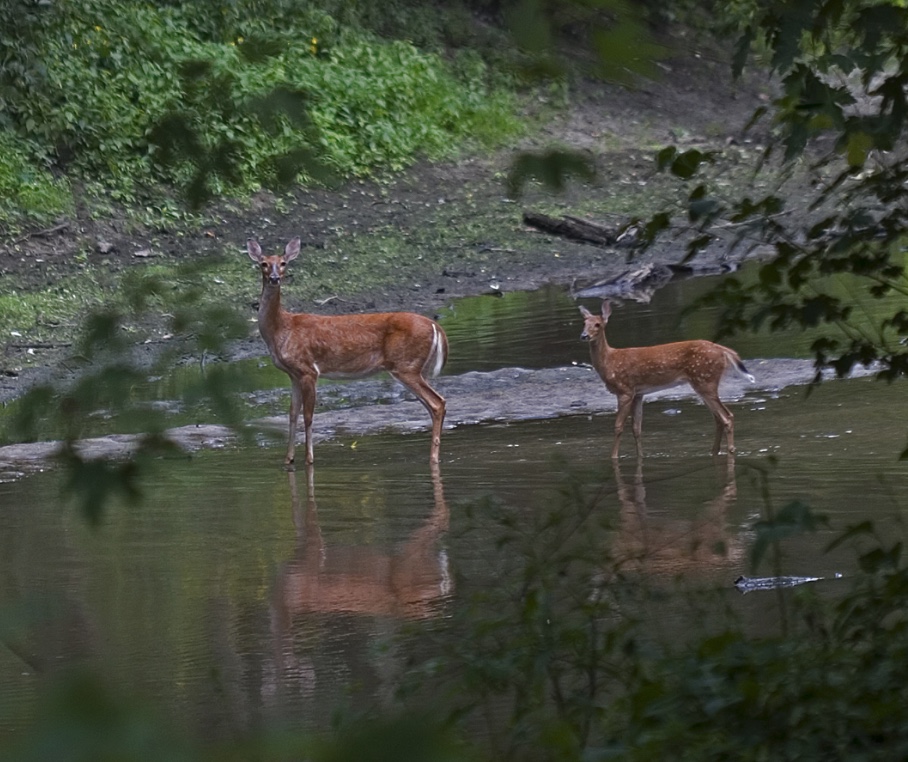
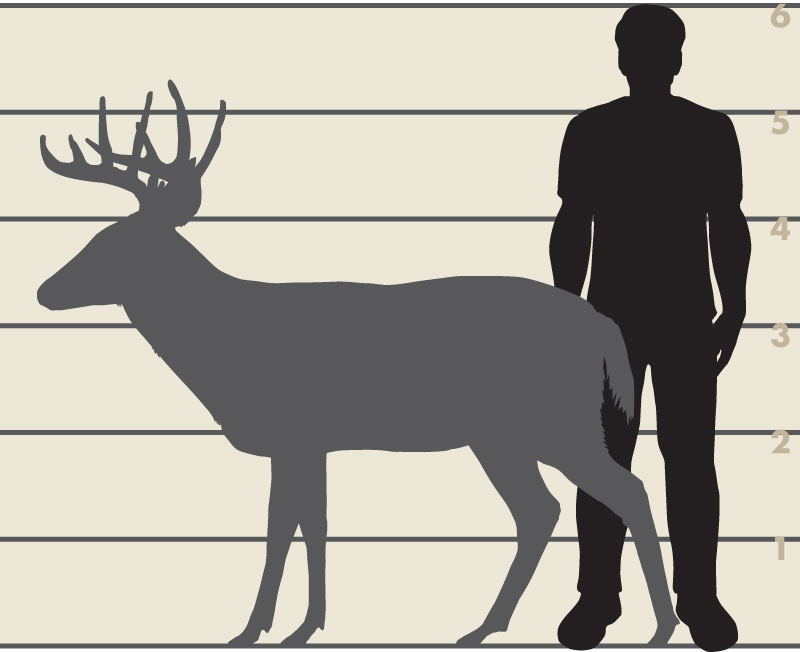
Illustrator: Lynn Smith

Photo: Ken Wick
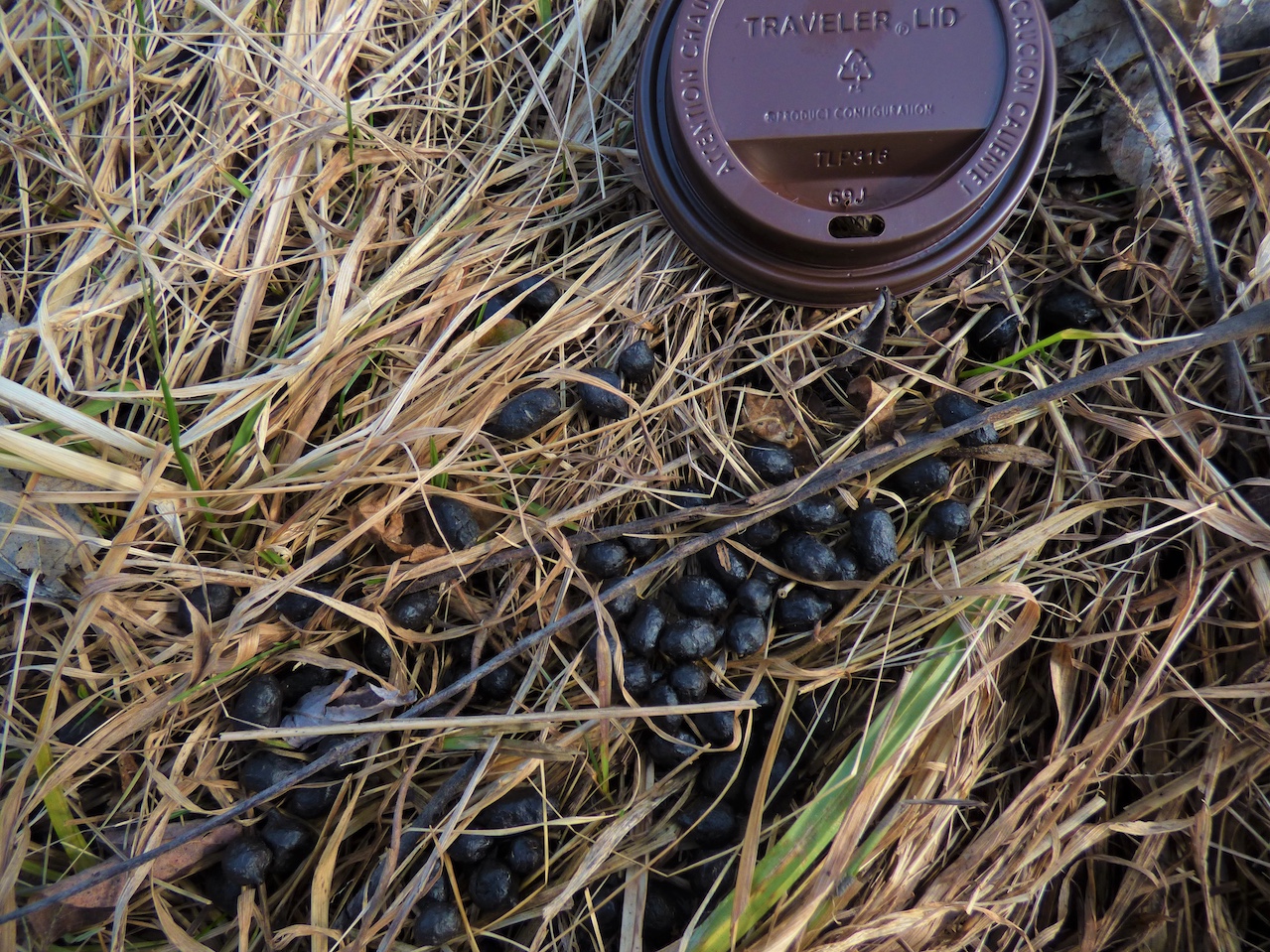
Photo: Jared Duquette

Photo: Chris Young

Photo: IDNR image library
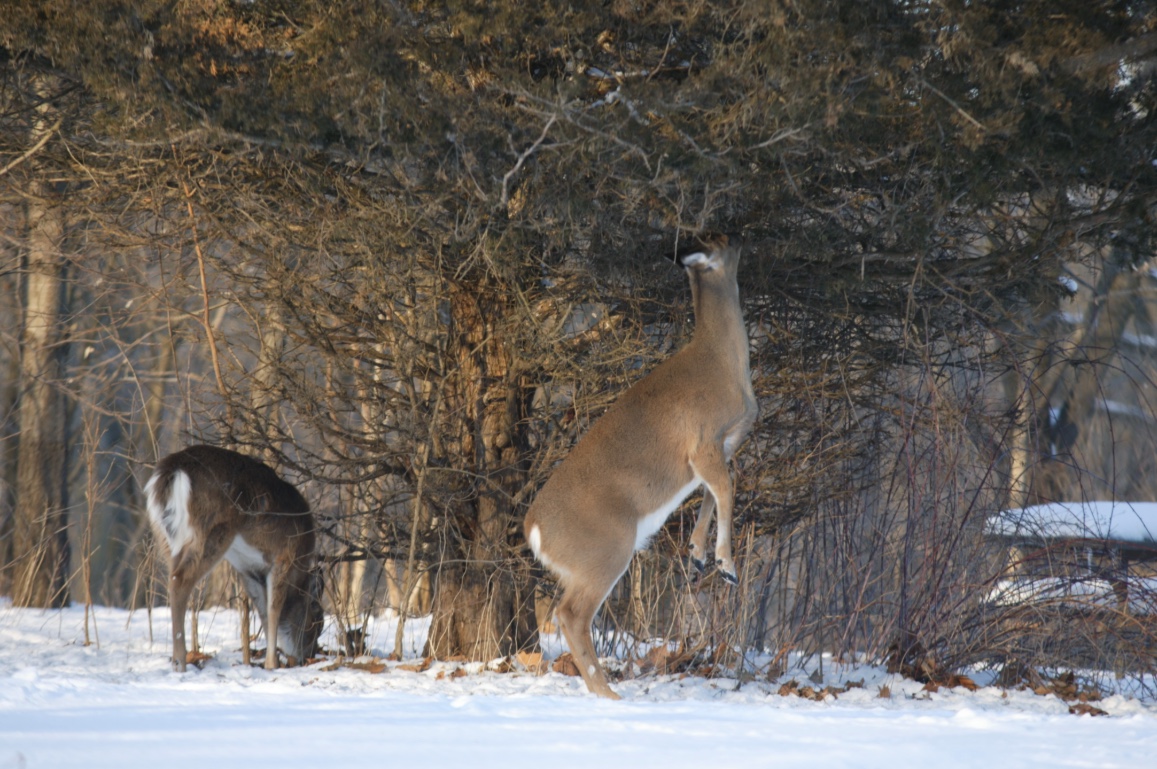
Photo: Adele Hodde, IDNR
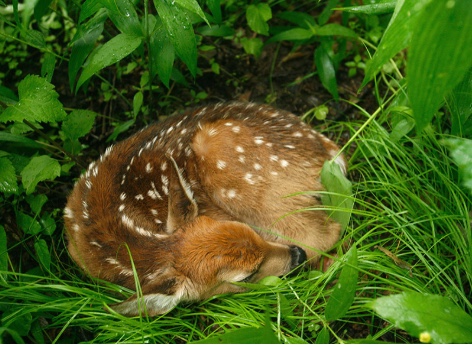
The Wildlife Illinois website was authorized by the Illinois Department of Natural Resources (IDNR) in partial fulfillment of project W-147-T. The website was developed by the National Great Rivers Research and Education Center, 2wav, and the IDNR in partnership with the United States Department of Agriculture Animal and Plant Health Inspection Service Wildlife Services and University of Illinois Extension to provide research-based information about how to coexist with Illinois wildlife.